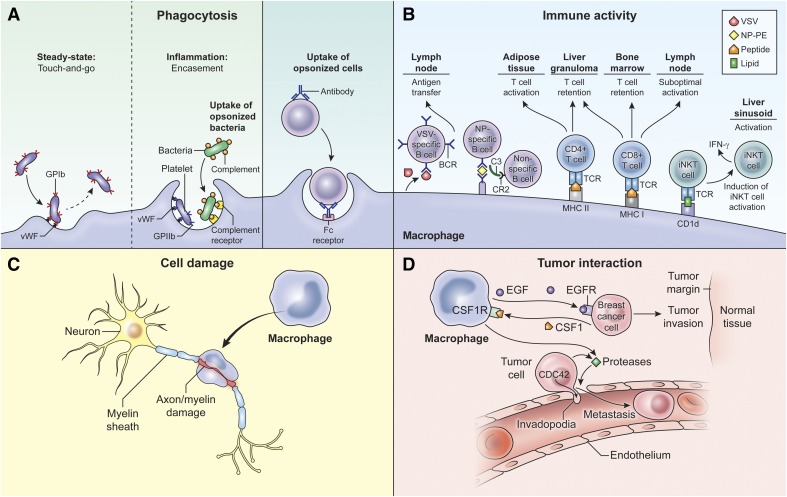Figure 2. Macrophage interactions with immune and nonimmune cells.
Macrophages are highly malleable and can play different roles during inflammation. (A) Liver Kupffer cells have been visualized interacting with platelets, either in short-term contacts (touch-and-go) or in inflammation-induced, long-term contacts that facilitate encasement of captured bacteria. Macrophages can also engulf opsonized cells, such as antibody-coated lymphoma cells. (B) Macrophages are present in lymphoid and nonlymphoid tissues, where they modulate lymphocyte activation. In the lymph node, SCS macrophages capture antigens (e.g., VSV or NP-PE) and transfer them to specific and non-specific B cells (VSV or NP antigens). In the adipose tissue, macrophages promote cognate T cell activation, and within liver granulomas infected by BCG and Leishmania donovani, Kupffer cells foster retention of pathogenic CD4+ and CD8+ T cells. Kupffer cells can also directly activate iNKT cells in liver sinusoids following Borrelia burgdorferi infection. (C) During CNS autoimmune disease, studies have shown that infiltrating macrophages can induce myelin/axonal damage. (D) Macrophages also promote cancer cell invasion at the tumor margin, and macrophages that reside in the deeper perivascular regions can attract tumor cells, promoting intravasation and metastasis.

